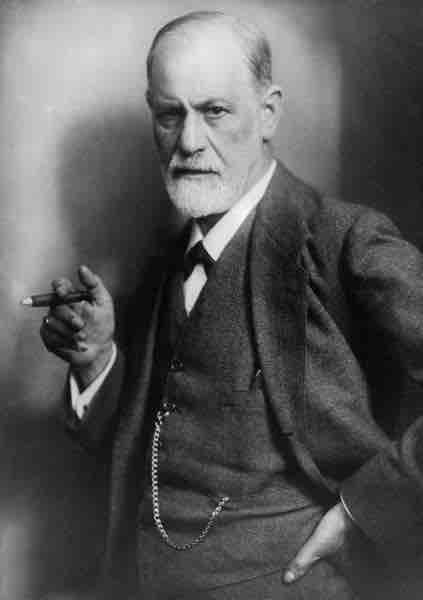Since the nineteenth century, childhood has been perceived as a unique phase in an individual's life, and sociological theories reflect this. The main theories that psychologists and social scientists rely on today were developed in the twentieth century and beyond. These theories seek to understand why childhood is a unique period in one's life and the elements of the cognitive and social development that occur in childhood. This chapter seeks to give a brief introduction to various theoretical perspectives on childhood.
Twentieth-century Austrian psychologist Sigmund Freud was one of the first psychologists to theorize childhood and the significance of developmental stages. Freud believed that sexual drive, or libido, was the driving force of all human behavior and, accordingly, developed a psychosexual theory of human development. Children progress through five stages, each association with sexual satisfaction through a particular body part.

Sigmund Freud
Sigmund Freud developed the psychosexual theory of human development.
One of the most widely applied theories of childhood is Jean Piaget's theory of cognitive development. Piaget posited that children learn actively through play. He suggested that the adult's role in helping a child learn is to provide appropriate materials for the child to interact and construct. He encouraged adults to make childhood learning through play even more effective by asking the child questions to get them to reflect upon behaviors. He believed it was instructive for children to see contradictions in their explanations. His approach to childhood development has been embraced by schools, and the pedagogy of preschools in the United States.
Piaget's Four Stages of Development
Piaget outlined four stages in one's development to adulthood:
- The first of Piaget's stages of development is the sensorimotor stage, which lasts from birth until about age two. During this stage, the child learns about himself and his environment through motor and reflex actions. The child learns that he is separate from his environment and that aspects of his environment, such as his parents or a toy, continue to exist even though they may be outside of his sensory field. This observation is called object permanence.
- The sensorimotor stage is followed by the preoperational stage, which begins about the time that the child begins to talk and lasts until about age seven. The developments associated with the preoperational phase all extend from the child learning how to deploy his new linguistic capabilities. The child begins to use symbols to represent objects. Children absorb information and fit it into preexisting categories in their minds.
- Next, children progress to the concrete operational phase, which lasts from about first grade to early adolescence. During this stage, children more easily accommodate ideas that do not fit their preexisting worldview. The child begins to think abstractly and make rational decisions based on observable or concrete phenomena.
- Finally, children enter the formal operational stage, which begins in adolescence and carries them through adulthood. This person no longer requires concrete objects to make rational judgements and is capable of hypothetical and deductive reasoning.
Ecological Systems Theory
In 1979, psychologist Urie Bronfenbrenner published The Ecology of Human Development, setting forth his theory known as ecological systems theory. Also called development in context theory or human ecology theory, the ecology systems theory specifies five different types of nested environmental systems: the microsystem, the mesosystem, the exosystem, the macrosystem, and the chronosystem. Each of these systems exerts influence on an individual, particularly children as they are robustly socialized.
- The microsystem refers to the institutions and groups that most immediately and directly impact the child's development, including the child's family, school, religious institution, neighborhood, and peer group.
- The mesosystem recognizes that no microsystem can be entirely discrete and refers to the relationship between microsystems. For example, a child who has been completely abandoned by his family might find it difficult to bond with teachers.
- The exosystem describes the link between a social setting in which the individual does not have an active role an the individual's immediate context. For example, a child's experience at home may be impacted by a mother's experience at work.
- The macrosystem refers to the culture in which individuals live. A child, his school, and his parents are all part of a cultural context whose constituents are united by a sense of common identity, heritage, and values. Microsystems, and therefore mesosystems and exosystems, are impossible to understand when divorced from their macrosystemic context.
- The chronosystem refers to the patterning of environmental events and transitions over one's life course, as well as broader sociohistorical developments. For example, the impact of divorces on children has varied over history. When divorce was more culturally stigmatized, it had a different effect on children than today, when many children have divorced parents.